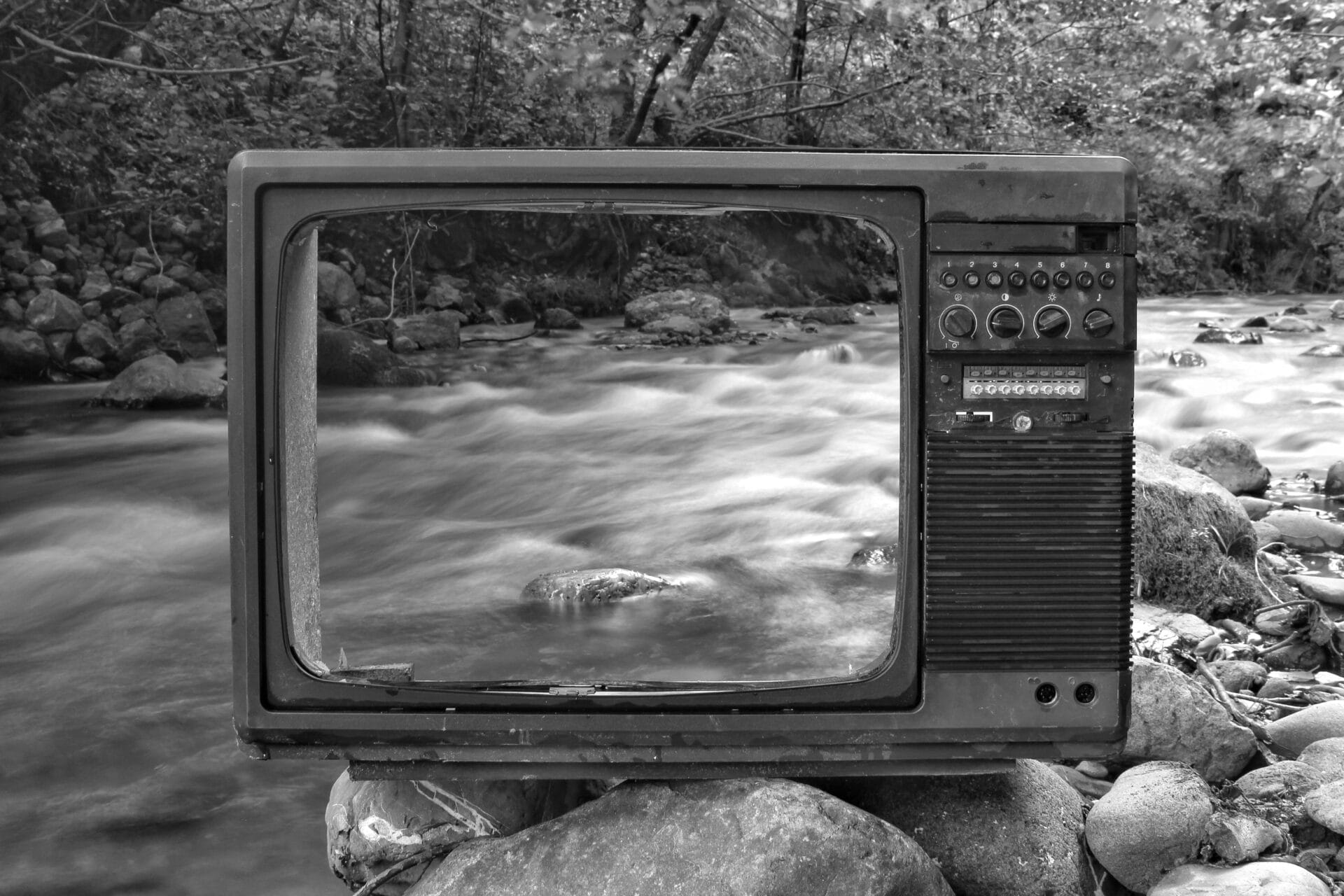Water damage can occur for a variety of reasons, such as flooding, broken pipes, overflowing baths or sinks, and roof leaks. It is important to know how long water damage repair takes in order to plan accordingly. The length of time needed to repair the damage depends on the extent of the damage and what type of repairs are necessary. In this article, we will discuss how long it takes to repair water damage and what factors impact the repair timeline.The length of time it takes to complete water damage repair depends on the extent of the damage and the type of repair required. Generally, it can take anywhere from several hours to a few days, or even longer in some cases.
Common Causes of Water Damage
Water damage can be caused by a variety of sources, both inside and outside the home. The most common causes of water damage include broken pipes, faulty plumbing, leaking roofs, overflowing toilets, sewage backups, floods, and natural disasters such as hurricanes and storms. Inside the home, broken pipes are a leading cause of water damage. These pipes can become blocked with debris or corroded over time leading to leaks that can cause considerable damage to walls, floors, and ceilings. Faulty plumbing is another common cause of water damage that can occur due to incorrect installation or wear and tear over time. Leaking roofs are another common source of water damage in homes as weather conditions can cause tiles to shift or become dislodged allowing water to enter the home.
Overflowing toilets can also be an issue in homes with older fixtures or if too much toilet paper is flushed at once. Sewage backups are another source of water damage that occurs when the sewer system becomes clogged with debris causing it to back up into the home through drains or toilets. Floods and other natural disasters such as hurricanes and storms can also be a major source of water damage in homes when heavy rains overwhelm drainage systems or when storm surges push waters into homes causing significant structural damages. No matter what the source of the water damage, it’s important to act quickly in order to minimize any potential damages that may occur.
Flooding
Flooding is one of the most common types of water damage. It occurs when too much water collects in an area and is unable to be absorbed. Flooding can occur from natural disasters such as hurricanes, tropical storms, and heavy rainfall. It can also occur from broken pipes, faulty plumbing, and overflowing rivers or streams. Flooding can cause extensive property damage to homes and businesses, as well as widespread destruction of personal property.
Sewage Backup
Sewage backup is another type of water damage caused by backed up sewage lines. This type of water damage can be very problematic because it contains harmful bacteria that can cause severe health issues if not addressed quickly. When a sewage line backs up, the contaminated water overflows into the home or business and causes significant damage to walls, floors, and furniture.
Groundwater Intrusion
Groundwater intrusion is a type of water damage that occurs when groundwater seeps through the foundation of a building and causes structural damage. This type of water damage can occur when there are cracks in the foundation or when there is excessive rainfall or flooding that causes the groundwater level to rise significantly higher than normal. Groundwater intrusion can lead to a wide range of problems such as mold growth, wood rot, drywall deterioration, and weakened structural support beams.
Ice Dams
Ice dams are another common type of water damage that occurs during cold winter months. Ice dams form when snow melts on top of a roof and then refreezes at the edges or eaves causing an accumulation of ice along the roofline. Ice dams prevent melting snow from flowing off the roof properly which results in seepage into the attic space below causing serious water damage issues like mold growth and wood rot.
Leaking Appliances
Leaking appliances like washing machines, dishwashers, toilets, and refrigerators are another source of water damage in many homes and businesses. These appliances often develop leaks due to age or low-quality workmanship which can lead to extensive amounts of standing water in your home or business that needs to be addressed quickly before it causes further structural damages.
Assessing the Extent of Water Damage
Water damage can be a devastating experience for any homeowner. It is important to assess the extent of the water damage in order to determine the best course of action. This assessment involves examining the source and severity of the problem, as well as any potential health risks that may be present. It is also important to look at any structural damage that has been caused by the water.
The source of water damage should be identified first, as this will help to determine how best to respond. For instance, if a pipe has burst in the home, it should be shut off immediately and repaired or replaced as necessary. If flooding has occurred due to heavy rains, it is important to identify any weak points in the home that may have allowed water to enter.
The severity of the water damage should also be assessed in order to determine what type of repairs are needed and how long it may take for them to be completed. If minor flooding has occurred, it may be possible to dry out affected areas with fans and dehumidifiers. In more severe cases, however, it may be necessary to tear out affected walls or flooring in order to ensure that mold does not become a problem down the road.
It is also important to consider any potential health risks associated with water damage. Mold can quickly become a problem if affected areas remain damp or wet for too long, leading to respiratory problems such as asthma attacks in some individuals. It is therefore essential that all affected areas are thoroughly dried out and any mold growth is addressed immediately. Additionally, if sewage back-up is suspected, professional assistance should be sought right away in order to prevent further contamination.
Finally, any structural damage caused by water should also be assessed and taken into account when determining how best to proceed with repairs. This includes inspecting walls and ceilings for signs of sagging or cracking due to excessive moisture levels over time, as well as looking for signs of warping or buckling on floors or other surfaces due to standing water.
By assessing both the source and extent of water damage carefully, homeowners can make sure they take all necessary steps towards full restoration while minimizing future problems down the road.
Drying and Dehumidifying Damaged Areas
It is essential to dry and dehumidify any areas affected by water damage as quickly as possible. When water sits, it can cause further damage such as rot, mold, and mildew. To properly dry out a home or business, a professional water damage restoration company will use specialized equipment to remove the excess moisture from the air and the affected materials. This may include high-powered fans and dehumidifiers that work to lower humidity levels in the home or business. In addition to this, they may also employ injecti-dry systems that use heated air to rapidly increase evaporation rates within walls and other affected materials. Through proper drying techniques, the overall structure of a building can be preserved and any contaminated materials can be safely removed before mold growth begins.
Once the drying process is complete, water damage restoration professionals will also inspect for any further signs of structural damage or contamination. This may include assessing for collapsed walls or ceilings, checking for electrical hazards caused by standing water, or even testing for elevated levels of mold spores in the air. By performing such inspections, they can make sure that all areas are completely dry before beginning any rebuilding efforts.

Replacing Damaged Materials and Structures
When a structure has been damaged, it is important to replace the material or structure as soon as possible. This can be done by using similar materials or structures that are similar to the original. Depending on the type of damage, the replacement material or structure may need to be specially designed for the specific application. For example, if a building is damaged due to fire, then the replacement materials and structures must be able to withstand high temperatures in order to protect the occupants from harm. In addition, if a wall needs to be replaced due to water damage, then waterproofing may need to be included in order for it to remain in good condition.
It is important that any replacement materials and structures are of good quality and meet all safety regulations. This includes ensuring that all materials are certified and have passed all necessary tests before being used for construction purposes. Additionally, any new structures should be inspected regularly in order to ensure that they remain safe for use.
The process of replacing damaged materials and structures can vary depending on the size and complexity of the project. It may involve a complete renovation or simply repairs that can be done quickly without much disruption. In some cases, it may involve rebuilding an entire structure from scratch using new materials and methods. Regardless of what is required, it is important to make sure that all necessary work is completed correctly and safely in order for the structure to remain functional and safe for use.
Professional Cleaning and Sanitization Services
At ABC Cleaning Services, we specialize in providing professional cleaning and sanitization services for commercial and residential properties. Our experienced team of cleaners is equipped with the latest tools and equipment to make sure that your space is cleaned thoroughly and efficiently. We understand the importance of having a clean environment, and we strive to exceed your expectations every time.
We provide a full range of services, from basic dusting and vacuuming to deep cleaning, window washing, carpet cleaning, upholstery cleaning, tile and grout cleaning, hardwood floor care, power washing, and more. We also offer sanitization services that use advanced products to kill germs and bacteria on all surfaces. Our team can sanitize bathrooms, kitchens, living rooms, offices, schools, hospitals, restaurants, stores – you name it!
Our highly trained staff takes pride in delivering excellent customer service. We are passionate about delivering top-notch results every time we clean a property. Our team members are friendly and professional at all times. We guarantee that you will be satisfied with our work every time you hire us for your cleaning or sanitization needs.
We believe in using only safe products when performing any of our services. All of our products are non-toxic and environmentally friendly so you can rest assured knowing that your space is being cleaned without any risk to your health or the environment.
If you’re looking for reliable professionals who can provide professional cleaning and sanitization services for your home or business space look no further than ABC Cleaning Services! Contact us today for more information about our services or to get a free quote.
Preventing Mold Growth After Water Damage
Water damage can cause a lot of problems for homeowners, including mold growth. Mold is a type of fungus that can cause significant damage to your home, and it is important to take steps to prevent it from growing after water damage. Here are some tips for preventing mold growth after water damage:
First, it is important to dry out any areas that have been affected by water quickly. This means using dehumidifiers and fans to help get rid of excess moisture in the air. You should also open windows and doors to allow air flow throughout the house. Make sure you check for any hidden pockets of water that may be lurking behind walls or under carpets. If you find any standing water, be sure to mop it up as soon as possible.
Second, it is important to clean up any organic materials that may have been affected by the water. This includes removing wet carpets, furniture, and other items from the area. Any damp items should be thoroughly dried before being placed back in the home. If possible, try to use natural cleaning solutions when cleaning up wet items in order to reduce the risk of spreading mold spores.
Third, make sure you inspect your home regularly for signs of mold growth. This includes checking behind walls and underneath floors for discoloration or musty odors that could indicate a mold problem. If you do spot signs of mold growth, contact a professional immediately in order to properly remove it from your home.
Finally, take steps to reduce humidity levels in your home in order to prevent mold growth after water damage. This means keeping an eye on your indoor humidity levels and investing in a dehumidifier if necessary. You should also make sure your gutters are clear of debris so they can do their job of diverting rainwater away from your home.
By taking these steps, you can help prevent mold growth after water damage has occurred in your home. It is important to act quickly when dealing with water damage as it can lead to serious health issues if left unchecked. Contact a professional if necessary so that they can help assess the situation and provide guidance on how best to deal with it.

Conclusion
Water damage repair can take anywhere from a few days to months, depending on the severity of the damage. It is important to be aware of the potential cost and time involved in water damage repair. It is also important to act quickly when water damage occurs, as further damage can occur if the issue is not addressed promptly. Professional help may be required in order to properly assess and repair the damage caused by water. It is worth investing in quality repairs in order to avoid any further issues down the line.
In conclusion, it is clear that water damage repair can involve a significant amount of time and money. However, taking prompt action and enlisting professional help can make a huge difference in terms of preventing further damage and restoring a property back to its original condition.

